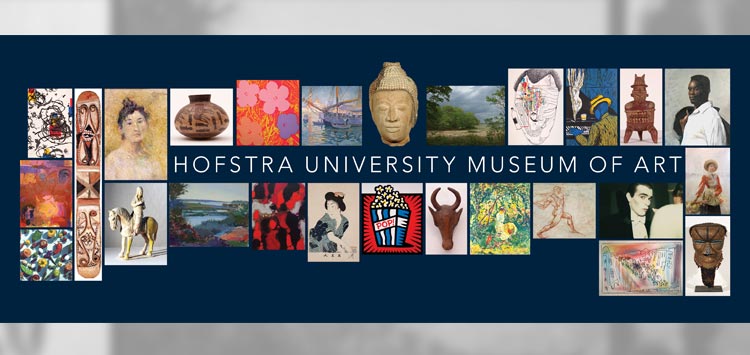Fine Art and Paper Money in Jacksonian America, 1820-1860
September 5 - December 22, 2000
David Filderman Gallery, 9th floor, Joan and Donald E. Axinn Library
The Jacksonian period witnessed very dramatic changes in American society. What emerged from the post-Colonial period were the development of industrial and commercial capitalism, a fervent nationalism, and a burgeoning democracy. These deeply rooted movements were clearly expressed in paper money. Visions of a new era, the era of the "Common Man" were printed on various State bank currencies which became in fact advertisement for a new America. Fine art done by some of the country's best artists, Asher Durand and Henry Inman, among many others, served to emphasize and promote national ideals, hard work, thrift, sobriety. Art also promoted paper money and banking to those who questioned the value of "shinplasters." Images of railroads, ships, industry, helped sell America to Americans.
Leo Hershkowitz and Dr. Theodore Cohen, guest curators




